Tips & Ideas for Understanding LRV & Paint Colours
If you read my last article on LRV and why you should NEVER choose a paint colour without it, you’ve probably got the main idea down pat, which is…
- LRV refers to how light or how dark a paint colour will look once it’s up on the wall (on the large scale)
- the higher the LRV number is, the lighter a colour will look and the more light it will reflect
- the lower the LRV number is, the darker the colour will look and the more light it will absorb
However, in my never-ending goal of being a non-scientific colour nerd, I have figured out a few more things about this crazy thing called LRV.
And btw, if you HAVEN’T read my first article on LRV, I HIGHLY RECOMMEND THAT YOU DO. It sets the bones in place and will give you the info you need to understand the info below. This blog post is more about my wine-infused ramblings and insights into what I’ve discovered about LRV.
Even dark paint colours will reflect light
When I first started learning about LRV, I read that lower LRV numbers ABSORB light, higher LRV numbers reflect light. And this is true…but kind of misleading.
What I’ve discovered is that we get caught up in DARK colours absorbing light, forgetting that they STILL REFLECT IT – even that low LRV colour (say, 5 for example) reflects light. It might not reflect a TON, but it still reflects some. How do I know that? Well, I’ve seen it in action literally THOUSANDS of times now and I think I’ve finally figured it out. Unless you’re dealing with a hardcore black (of which paint companies generally don’t have access to) EVERY colour will reflect SOME amount of light, as long as it’s given light to reflect, because remember…
Let’s check out an example that I touched on in my previous LRV blog post. Benjamin Moore Hale Navy has a super low LRV of 6.3, so you’d naturally assume that it would absorb a heck of a lot of light. And it does. However, it still will reflect some light, as shown in this next photo…
If it didn’t reflect light, it wouldn’t look lighter where it does. Top left corner has NO light, so Hale Navy looks blackish. However, in the central area, you can see how Hale Navy lifts up and brightens up when it gets natural light on it. And I’m not talking about the area that is COMPLETELY whited-out by an intense sunray, I’m talking about the wall space around it, where you can really see the navy blue of Hale Navy coming out – oh Hale yes.
When a colour has a low LRV – let’s say it’s a dark colour in between 5-10, it still reflects some light. Its number generally relates to the percentage of light it reflects back. So, if a colour has an LRV of 10, you can expect it to reflect 10% of the light that it’s given – meaning it absorbs 90% of it. Of course, this can shift based on HOW much light its given and WHERE the light hits and and and…there are a lot of variables. However, like any colour, if it’s not given any light, it won’t reflect a thing. THIS IS NOT SCIENTIFIC and is based on almost 20 years of hands-on experience – you can take it or leave it (but you’d be smart to take it – wink wink).
Look at the above photo of the wine bar painted Sherwin Williams Cyberspace (LRV of 6). You’d think it would just be friggin’ dark with an LRV of 6, and it IS on the far left and in the middle where it gets little to no light. But just LOOK at the glory of it on the right! The colour rises UP and brightens, so you can actually see the ‘colour’ of Cyberspace, rather than a slightly blackish colour as shown on the left. Why? BECAUSE IT’S REFLECTING GLORIOUS LIGHT!
My Home Office Black & White Makeover
Why does this matter to you?
Because you love me and you need to humour the crazy lil’ Ginger.
Really though, let’s say you hire me for E-Design and you want a nice dark gray with subtle undertones for a feature wall. So, I suggest some colours for you. I tell you all about their undertones and what you can expect, you look at them and think, ‘hmmm, those are super dark grays but I just don’t see those undertones she’s talking about‘. OR maybe you say, ‘Kylie told me this was a great colour for me, but it seems too dark, is she drinking again?‘ And then you start painting and you see that on a LARGER scale, the colour has some darned interesting undertones. It has depth and interest and maybe isn’t AS dark/plain as you thought it would be. Basically, on a larger scale, you see that the colour looks different than you thought it would.
That’s because that weee little bit of LRV that it has is working overtime on a small paint chip. On those samples, there isn’t enough surface area for LRV to work its magic, however on the large scale, there is a bigger surface to gather light and then reflect it back – even if it’s a small amount. This can not only make the colour look slightly lighter than you thought it would, but it can also enhance the underlying colours in it, bringing them more to the forefront.
And this is ALSO why you need to do large samples so you can give a colour the chance to work its magic!
How about those paint colours with a HIGH LRV?
Light paint colours will have a higher LRV (approx 60+ range). The higher the number is, the lighter a colour is and the more light it will reflect back at you. In my experience, I’ve found that once we hit approx. 60, the LRV really starts to play a part in how a room can look lighter as long as you have adequate lighting.
HOWEVER, give a paint colour with a high LRV a TON of light and it will wash out – you’ll lose it entirely.
Why does this matter to you?
If you have a really well-lit room and you choose a colour with a high LRV (especially 70+) it WILL wash out. So, the colour that looked PERFECT on a moderately lit wall will wash out ENTIRELY on a well-lit wall.
Sherwin Williams Sea Salt
Is this a problem? Well, if you want a colour to hold itself in any light, it is a problem. However, more importantly, you have to remember that the sun moves (or does the earth move? I can’t remember). Anyways, the look of your natural light (especially east/west/south) will shift throughout the day, which means that your wall that was DAY-GLO in the morning, could look perfect in the afternoon. Your wall that washed out entirely at noon could be the best colour in the morning and afternoon.
What I’m saying is that you have to be patient and know that things will shift.
So, back to that whole LRV, percentage jazz…
My educated guess (without scientific proof) is that if a colour has an LRV of 65, you can expect it to reflect approx. 65% of the light back into the room. And this guess makes sense with the experiences I’ve had. The MASSIVE variable is that it can not only vary depending on HOW MUCH light it gets, but also the temperature of the light and source. For example, light shining in from a window can have a wider path than the path directed out from a lampshade. For MY personal use, I use the LRV to determine the ‘general depth I can expect a paint colour to look in a room with an adequate amount of light – not dark, not obscenely bright’.
BUT (a big one), ALL of the above changes at night time.
How does light reflectance value change at night?
And JUST when you thought you had it ALL figured out – the sun goes down. Regardless of your exposure, the quality of light that you have in the daytime will change in the evening when you only have interior lighting. So here’s what usually happens…
1. Unless you have an absolutely epic lighting plan, you will undoubtedly have some shadowed walls and corners. In these spaces, paint colours will go back to their natural state and maybe even darken up a bit depending on how shaded the area is.
2. On reasonably well-lit walls, the colour will lighten up a bit, but only where the light hits the wall. Light travels at its strongest for approx 3′ and then starts to dim out and your colour will shade accordingly.
What does this mean to you?
- if you work ALL day and spend most of your time in a room at nite, you’ll want to choose the colour that still looks good in the day, but that you LOVE at nite
- you may need to jack up your interior lighting if you want a paint colour to really work the way you want it to, going back to one of my fave sayings…
Does lightening or darkening a paint colour affect its LRV?
YES! When you lighten or darken a paint colour you are changing the way it looks – it will look lighter or darker and will have a different LRV. Again, this is NOT scientific, but based on me fiddlin’ around in my office with samples and here’s what I’ve found…
Benjamin Moore Edgecomb Gray 25% darker
Lightening or darkening a paint colour by 25%
Lightening a paint colour by 25% seems to change its LRV approx. 4 points higher. This can vary depending on how much BLACK is in the paint colour’s recipe. Black reacts more strongly to being lightened than a colour without black in it.
So, if your paint colour starts at an LRV of 60, 25% lighter can make it approx. 64.
Darkening a paint colour by 25% seems to change its LRV approx. 4 points lower. Again, this can vary depending on how much black is in the recipe.
Some paint store employees will tell you that 25% won’t make a noticeable difference, but listen up, Buttercup – it does.
- 25% is not a drastic change – it is a subtle tweak. For some people, a subtle tweak isn’t worth it, but if you are anal (one of my more redeeming qualities) and looking to hit things just right, it could hit the spot. I have 3 colours in my home that I’ve shifted by 25% and it made all the difference for me
- If you are putting colour on one wall and want the 25% lighter version on another wall, you WON’T notice the difference. 25% doesn’t work if you are going for a tone-on-tone look. You WILL notice it if you place the original and the tweaked version next to each other on the same wall. 25% lighter/darker is for an ‘overall change’, not as a way to play with depths from wall-to-wall.
Lightening or darkening a paint colour by 50%
Lightening a paint colour by 50% seems to result in an approx. 8-10 point shift. THIS IS NOT SCIENTIFIC. But let’s be honest, you aren’t here for scientific info, you’re here for some common sense advice and inappropriate comments about hardwood and wine (often combined).
Here’s Benjamin Moore Edgecomb Gray at regular strength…
3 Easy Steps to Getting Your PERFECT Paint Colour
And here’s Edgecomb Gray 50% lighter…
So, if your paint colour starts at approx. 64 (like Edgecomb Gray), you can expect 50% to take it somewhere around 74-ish (math is not my strong point).
Darkening a paint colour by 50% seems to change its LRV approx. 8-10 points lower, and just like with light colours, the amount of black can affect how much of a change you see.
The above doors are BM Revere Pewter 50% darker
BUT, this is where it gets a bit trickier…
Will lightening or darkening a paint colour change the ‘colour’ of it?
Let’s focus on ‘lightening’ for the sake of explanation. When you lighten a colour by 25% you are changing its recipe and the way it looks – and not just regarding LRV. You might also see a subtle shift in undertones, but you’ll still be working with the bones of the original colour.
However, when you lighten a colour by 50%, you are MORE LIKELY to notice a shift in the way the undertones advance or recede. That gray that had a wink of green in it – the green might almost entirely disappear. That greige that leaned more beige, might lean a bit more gray. Again, you are still working off the same colour, but it’s likely that you’ll see slightly different sides of it.
If I were to lighten the above colour (Benjamin Moore Anchor Gray) by 25%, it would look a bit lighter, but essentially the same. However, if I lightened it by 50% it would start looking noticeably different and I BET we’d see less gray and a bit more of the blue-purple undertones!
So, what does ALL of this mean to you?
It means that you can’t make assumptions. Just because I drink a lot of wine…doesn’t mean I won’t sit back with a G & T. Just because Tim works from home now, doesn’t mean he puts pants on. And just because you lighten or darken a colour by 25% or 50%, doesn’t mean you will be left with the SAME COLOUR just lighter or darker. Will it be similar? ABSO-TOOTLY. Will it be THE SAME. No, ma’am.
For example, here’s Benjamin Moore Steel Wool (LRV 19.4) in our entryway (north-facing with pretty good natural lighting).
And here’s Steel Wool, 25% darker in our dining/kitchen upstairs (south-facing with good lighting)…
I wanted a bit more richness and depth out of it in the dining/kitchen, so I went that 25% darker to give it more body without changing too much of the ‘colour’. If I’d gone 50% darker, I would’ve been taking a bit of a risk as not just the DEPTH would change, but the ‘colour’ of it as well.
Are you exhausted yet? If not, hop back and read my original LRV blog post to tighten up your knowledge a bit more.
READ MORE
5 Reasons You Keep Choosing the Wrong Paint Colour
North, East, South, West – Which Paint Colour is the Best?
Gray Paint Colours: The 3 Undertones You Need to Know
Not sure which paint colours are best for YOU and YOUR HOME?
Check out my E-design and Online Color Consulting Packages!
Chat soon,
ORIGINALLY WRITTEN IN 2017, UPDATED IN 2021
Comments
Leave a Reply
More Posts
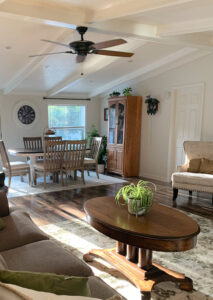
The 5 Best Creamy White or Off-White Paint Colors
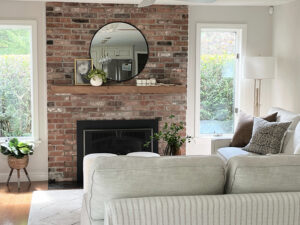
The 8 Best Warm Neutral Paint Colors With NO Yellow Undertones!
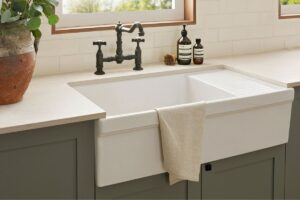

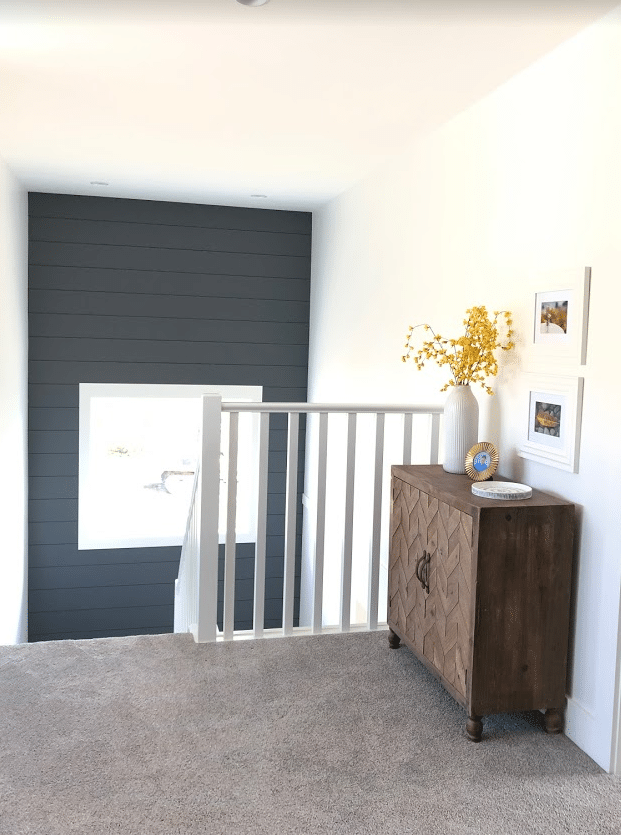
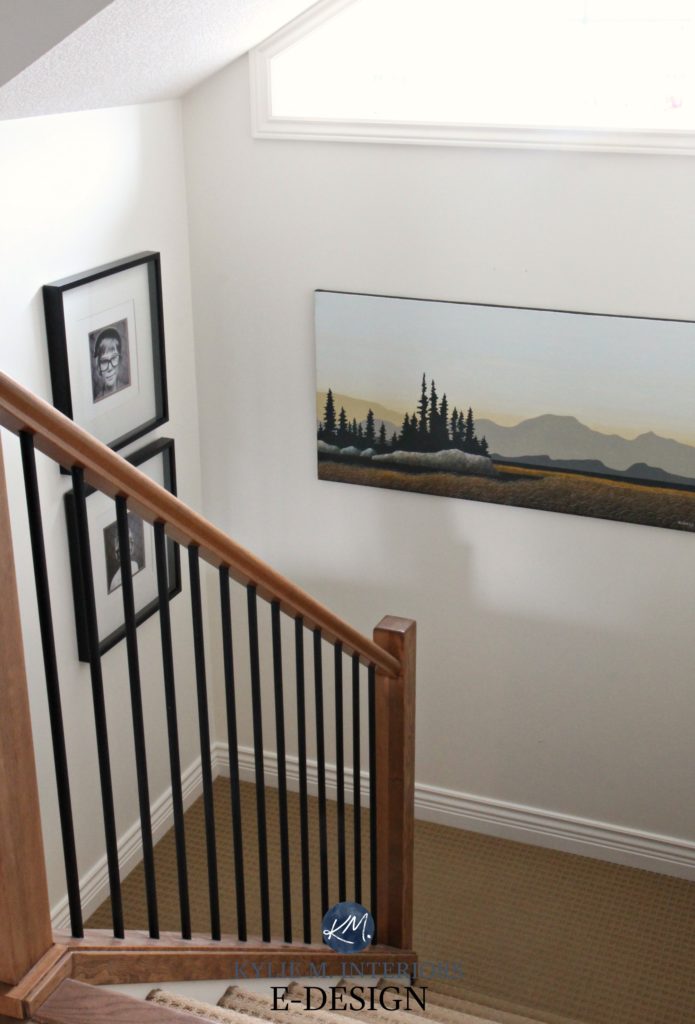

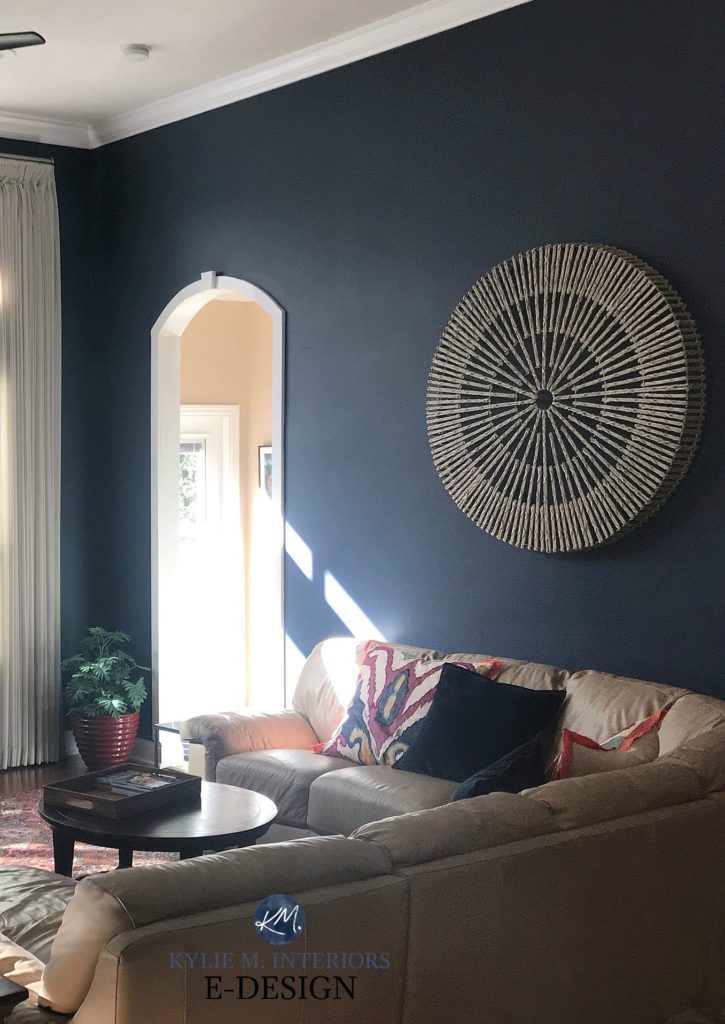
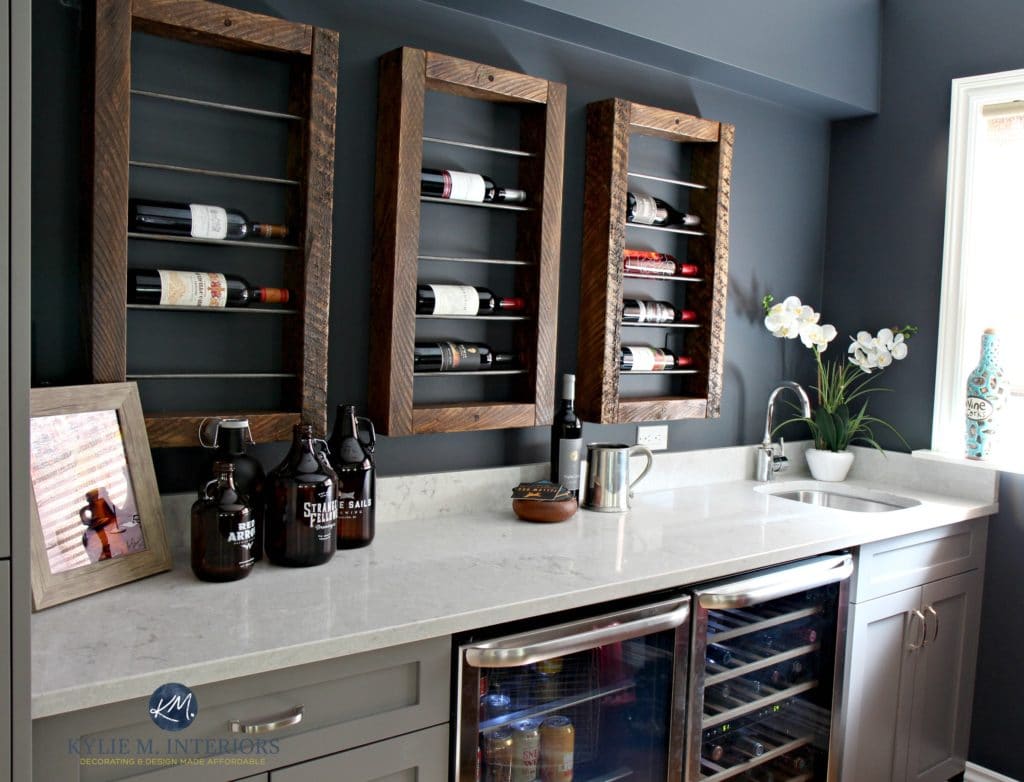
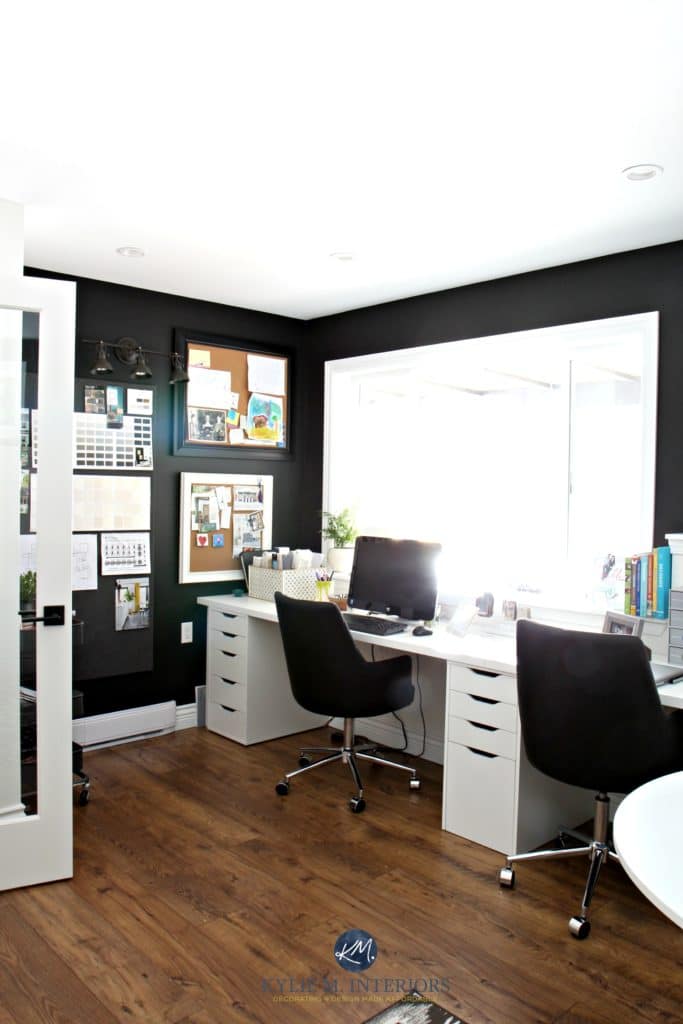
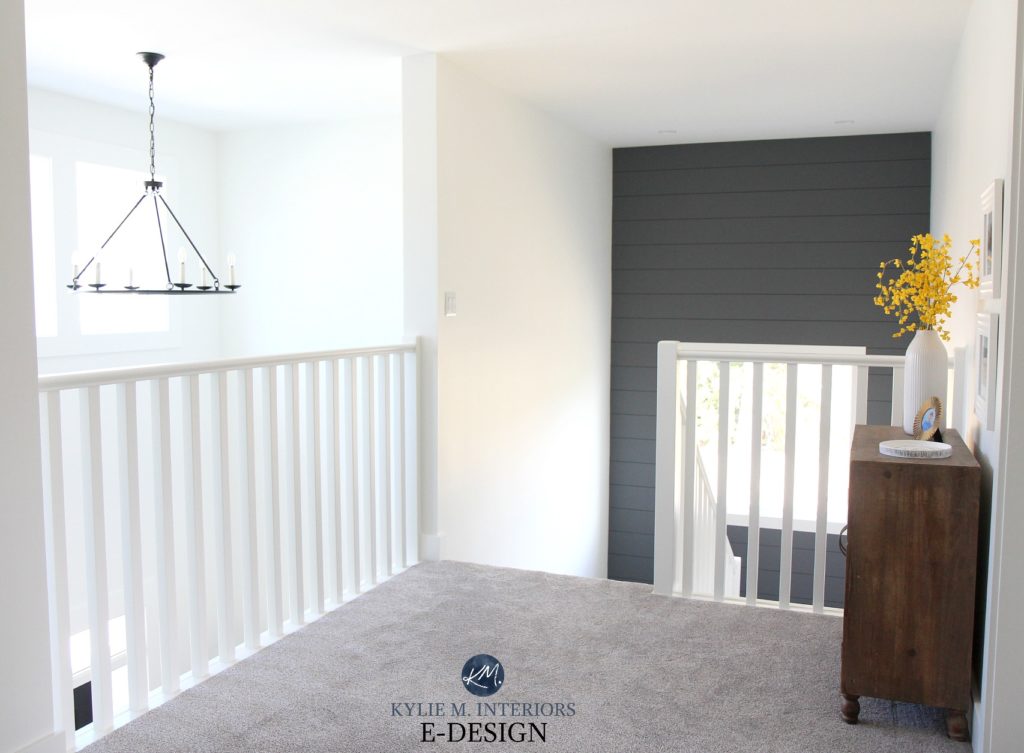
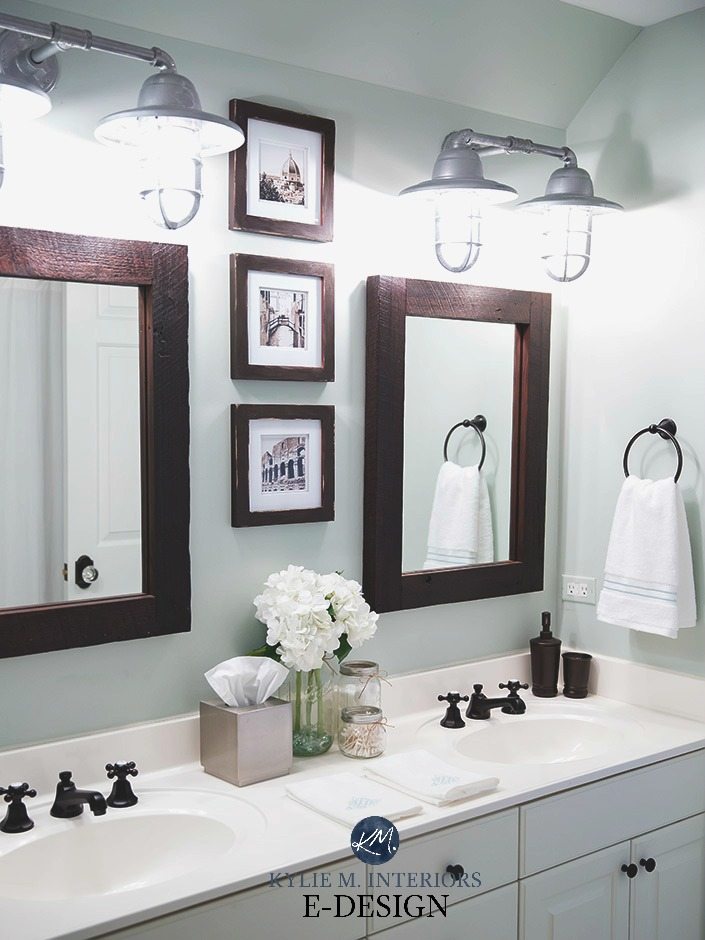
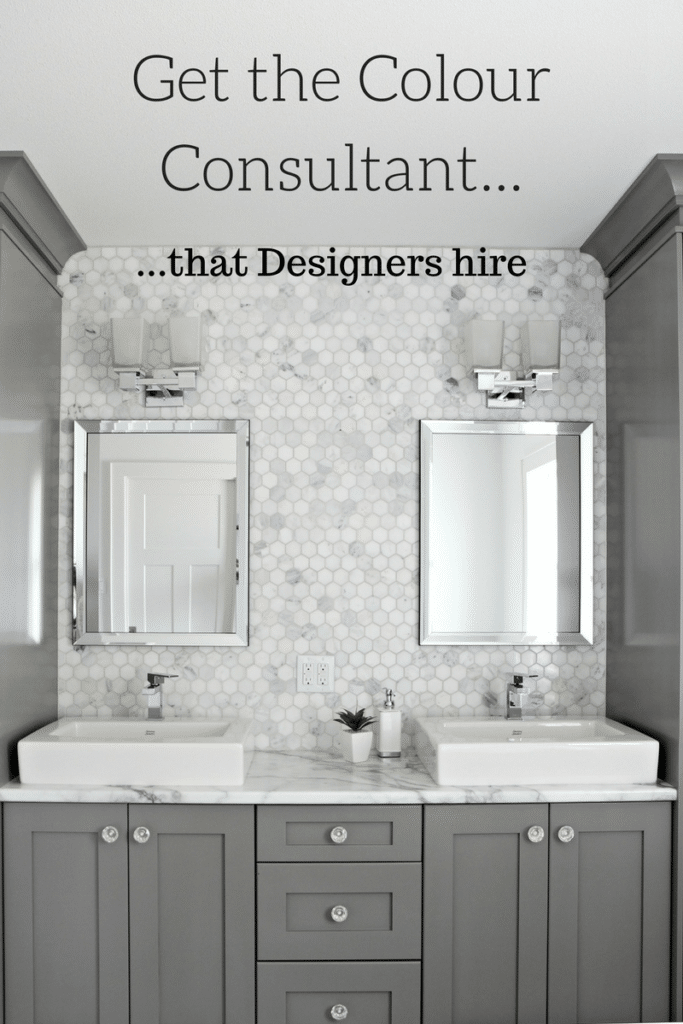
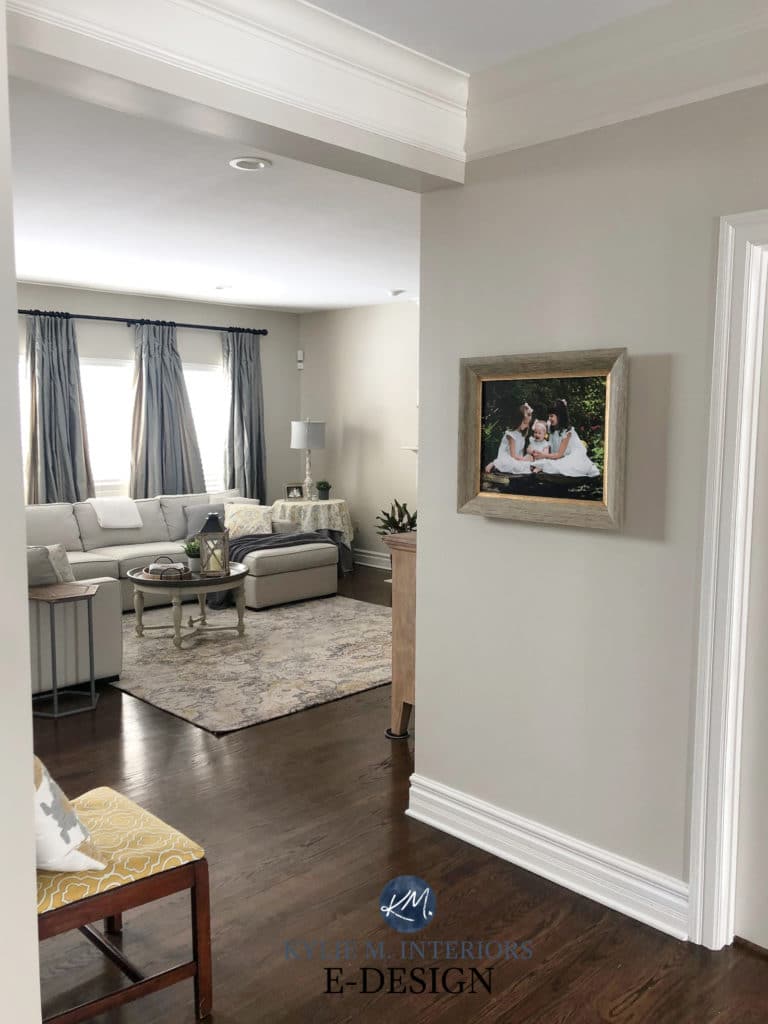
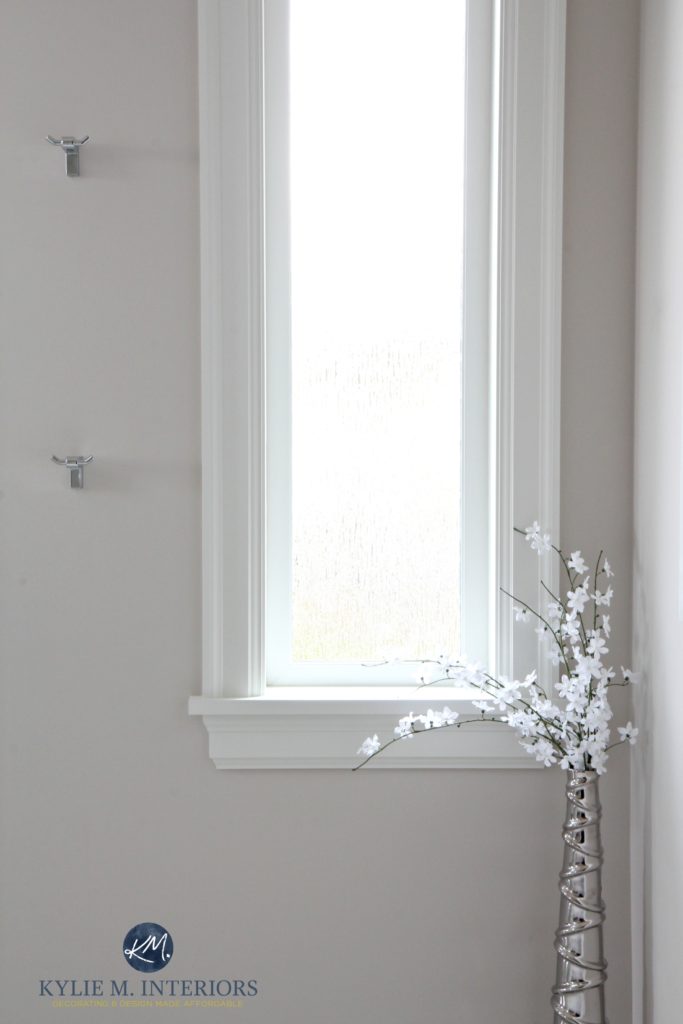
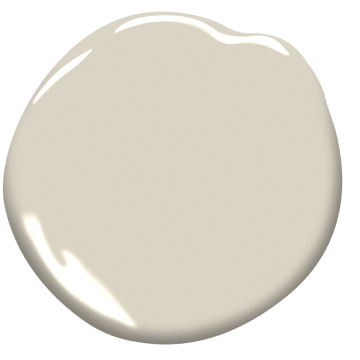
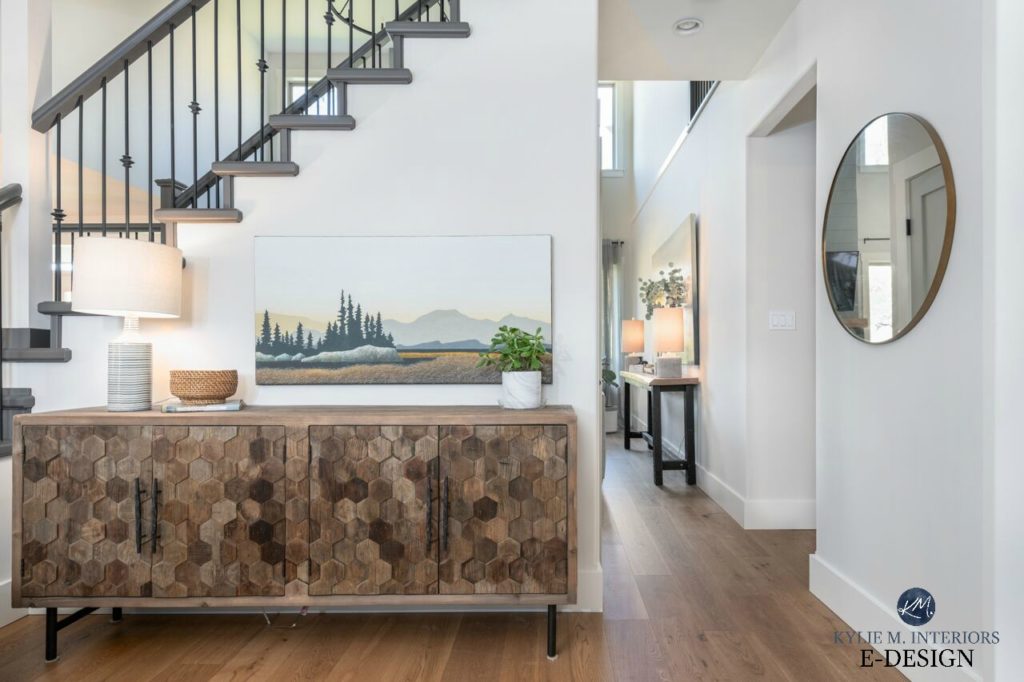
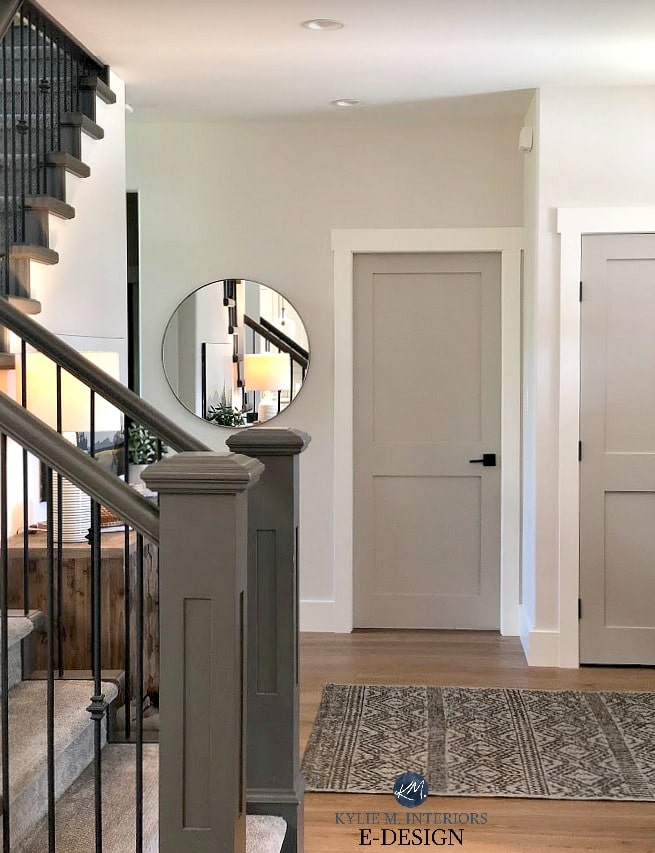

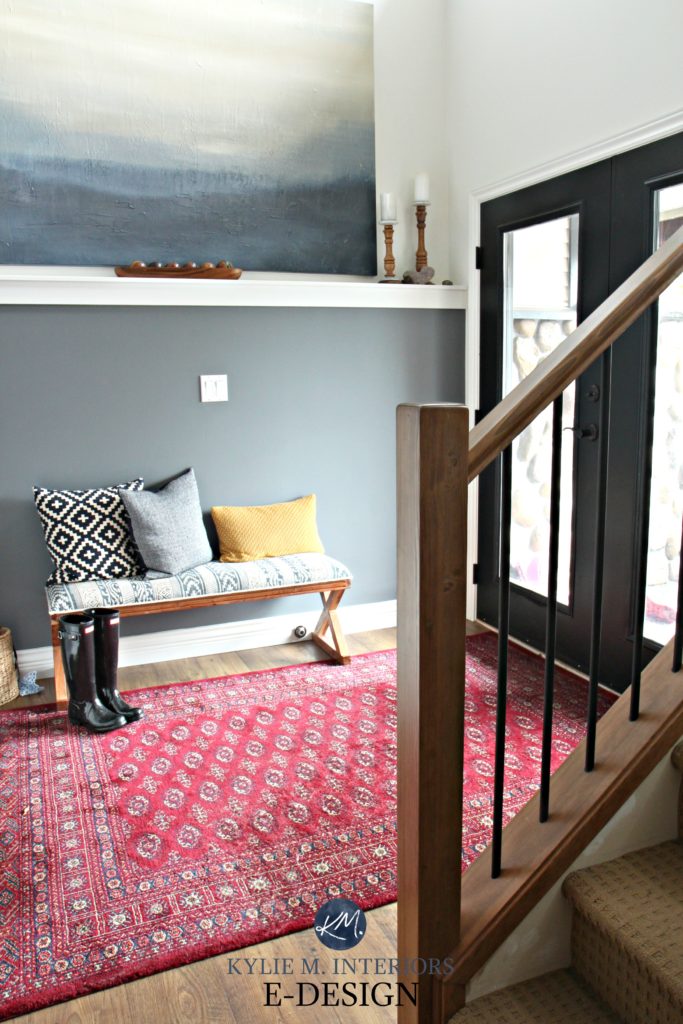
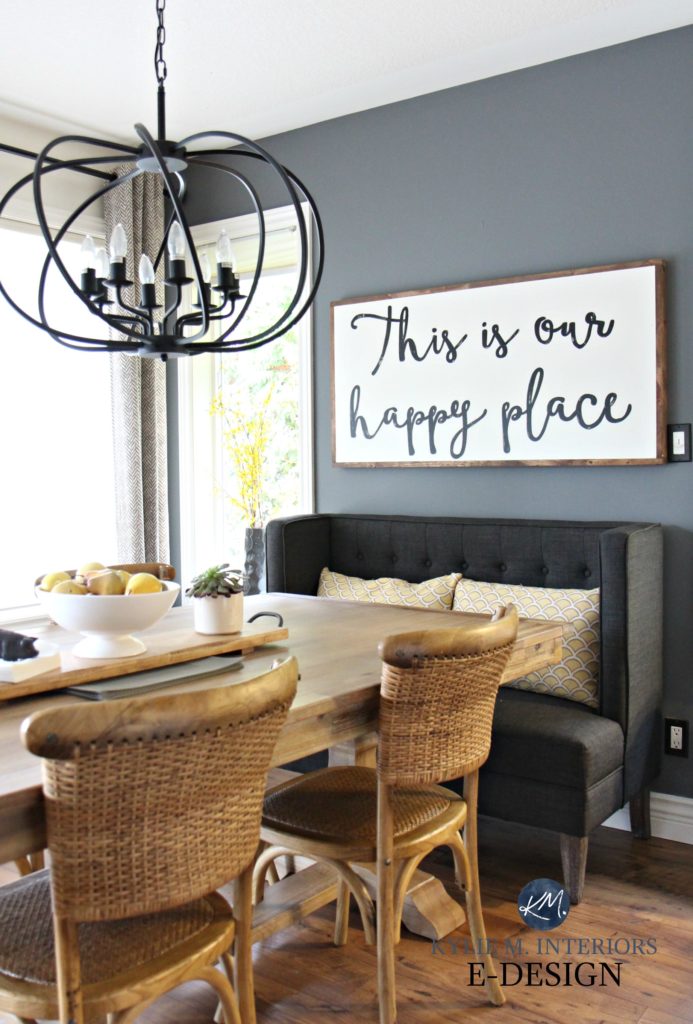
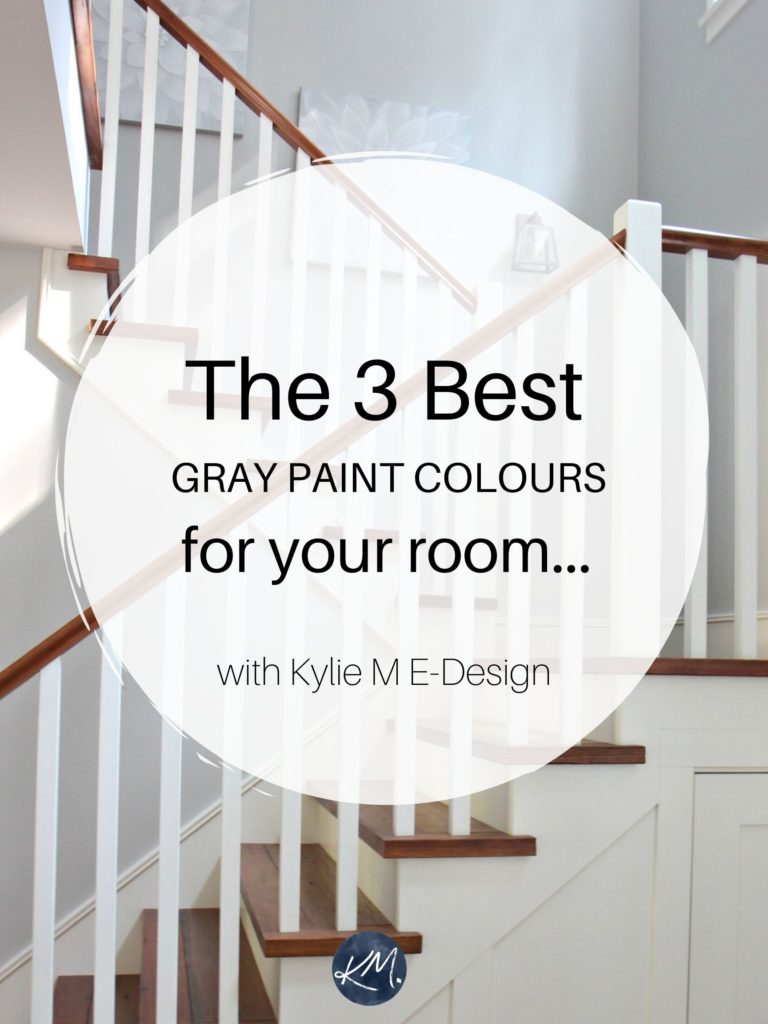

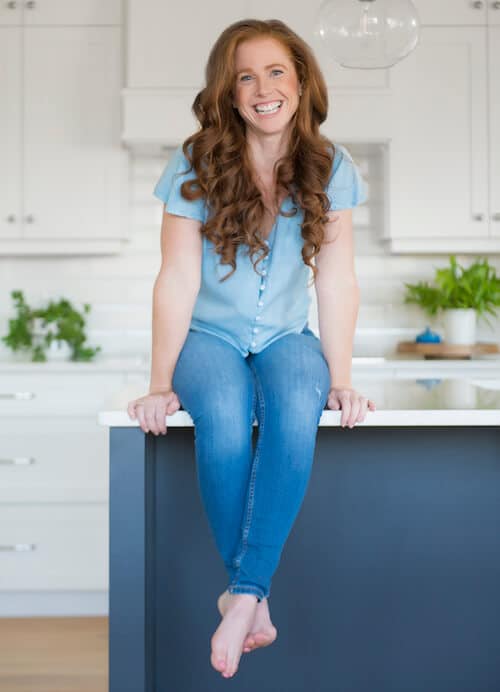

I’m thinking of darkening agreeable gray by 25% for my kitchen/living room and entry hallway. It’s an open floor plan so everything is pretty much connected. My floors are very light (gulf sand) and I wanted something darker on the walls to make the floors pop. But not too dark and suffocating. My dining room behind the kitchen is Colonnade gray. I recently signed up for you emails and I will glean what I can from them. Well wish me luck I hope it turns out well!
Author
Good luck! Remember to send pics!
Hi, Kylie!
I have a question about the color Oil Cloth by Benjamin Moore…
If I lighten it by 50%, do you think the color would retain some of the gray undertone or look more green? I love the color but it’s a bit dark for me, but I love how the green is really grayed out in the color. Thanks!
Joe
Author
Hey Joe! It’s ALWAYS hard to say as every colour is different. It’s also VERY HARD to say because it’s part of the Colour Stories collection. So, whereas most normal colours would have, say, 3-4 colours mixed together, the Colour Stories can have 7-8, which means their undertones can vary WILDLY even at full-strength. I DEFINITELY wouldn’t trust it.
Have you tried lightening a dark color by 25%? I love BM Champion Cobalt, but the room is on dark side and the color tends to look flat and darker than I want. The paint store (an authorized BM retailer) told me today that typically dark colors even lightened by 25% tend to look like a different color. He advised me to just pick something else. But I don’t want something else. I want Champion Cobalt, just a bit brighter. (If it makes any difference, ultimately I’m looking to brighten not lighten necessarily. Is there a way to do that other than just going lighter and getting a higher LRV? Does that even make sense?)
Author
Hi Jen, I have – lots! The thing is, there’s no predictable measurement as it varies depending on the colour. Generally speaking though, 25% is quite subtle and while it’s a barely-there shift, I wouldn’t say it looks like a different colour (I’ve NEVER had that happen). 50% – now THAT’S where you really start noticing a bigger difference (but even then, it’s not as drastic as it sounds). As for BRIGHTEN, well, that would be about finding a different COLOUR, one with less gray in it perhaps? I know you’d think that by lightening it by 25% they’d take some black out, but they take a bit out of the WHOLE recipe (paint colours are generally made with 2-8 colours mixed together, so they’d take more than just black out). Does this help at all???
Pingback: Paint Colours & LRV: The Ultimate Guide You Need to Read - Kylie M Interiors
If I mix 2 paints together and they both have an lrv of 55, after mixing together will the new color have a lrv of 55?
Author
That’s a DARN good question. I would have to say, yes, as with the same LRV, there’s no REASON for one to affect the depth of the other, whether you use a 50/50 split or otherwise.